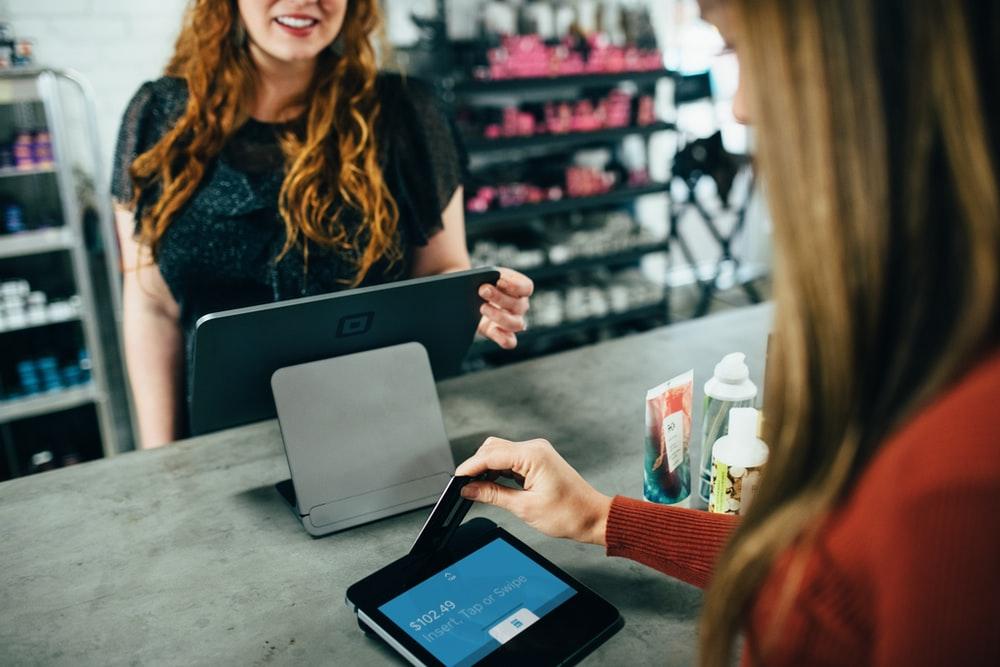In an era when internet shopping is expanding, point-of-sale funding options like loan and buy now, pay later (BNPL) programs give customers the immediate satisfaction they want while also allowing customers to pay later. Yet, with so many payment options, determining which is the perfect suited can be tricky. Let’s compare and contrast POS financing and BNPL schemes to better grasp their benefits and drawbacks.
What is Point-of-Sale Lending?
Consumers can make transactions with progressive payments over time using point of sale (POS) lending, which is a handy lending alternative. Banking institutions, credit unions, and lending agencies may all offer POS financing.
When buying large-ticket purchases such as furniture, autos, home remodeling projects, and trip expenses, buyers frequently use POS lending alternatives. Expenses and interest rates are subject to change depending on the loan amount granted to a qualified customer. If you’re looking for a way to borrow money at a store, you might want to look into POS lending.
- They have the financial means to make the appropriate payments.
- They have a credit score that ranges from fair to excellent.
- They may be eligible for low-interest loans.
Although POS lending can offer the cash needed for major purchases in a straightforward and simple manner, it does have certain disadvantages. POS financing may necessitate the following:
- Customers are required to provide their social security card
- Checking your credit score
- According to the loan amount, payments will be spread across a long period of time.
- An interest rate that was in effect at the time of the arrangement.
- Repayments that are too high
For significant purchases, POS lending may be appealing; however, consumers purchasing lesser things may wish to choose a BNPL plan.
What Is BNPL and What Does It Mean?
Simply said, buy now, pay later (BNPL) options allow customers to acquire an item and pay the remaining balance over time. For people who do not have the financial resources to make a transaction but can manage to spend in small increments over a short amount of time, BNPL is an appealing choice.
So, how does the BNPL system work?
In theory, BNPL like at the layby stores allows you to take possession of goods while promising to pay for them later. This may necessitate a credit check; nevertheless, most companies will not need any or will make a “light inquiry” that will have no impact on your credit score.
BNPL will usually give 0% interest for the qualifying pay period, which is generally categorized into 4 equal payments. This varies based on the goods and the price tag attached to them. While some organizations charge zero to no interest and need 4 monthly installments, others charge up to 30 percent stake and require 12 months of payments. If a customer cannot make the agreed-upon payments, the consequences can be damaging to their credit score.
BNPL vs. POS Lending
When comparing POS vs. BNPL, both funding alternatives allow customers to increase their financial resources and take-home merchandise. Despite financial troubles caused by the COVID-19 epidemic, BNPL has grown in popularity among millennials, while POS borrowing balances have declined rapidly. While POS lending is a less desirable alternative for young customers, it may be an option for older persons with loans or those purchasing more expensive things.
